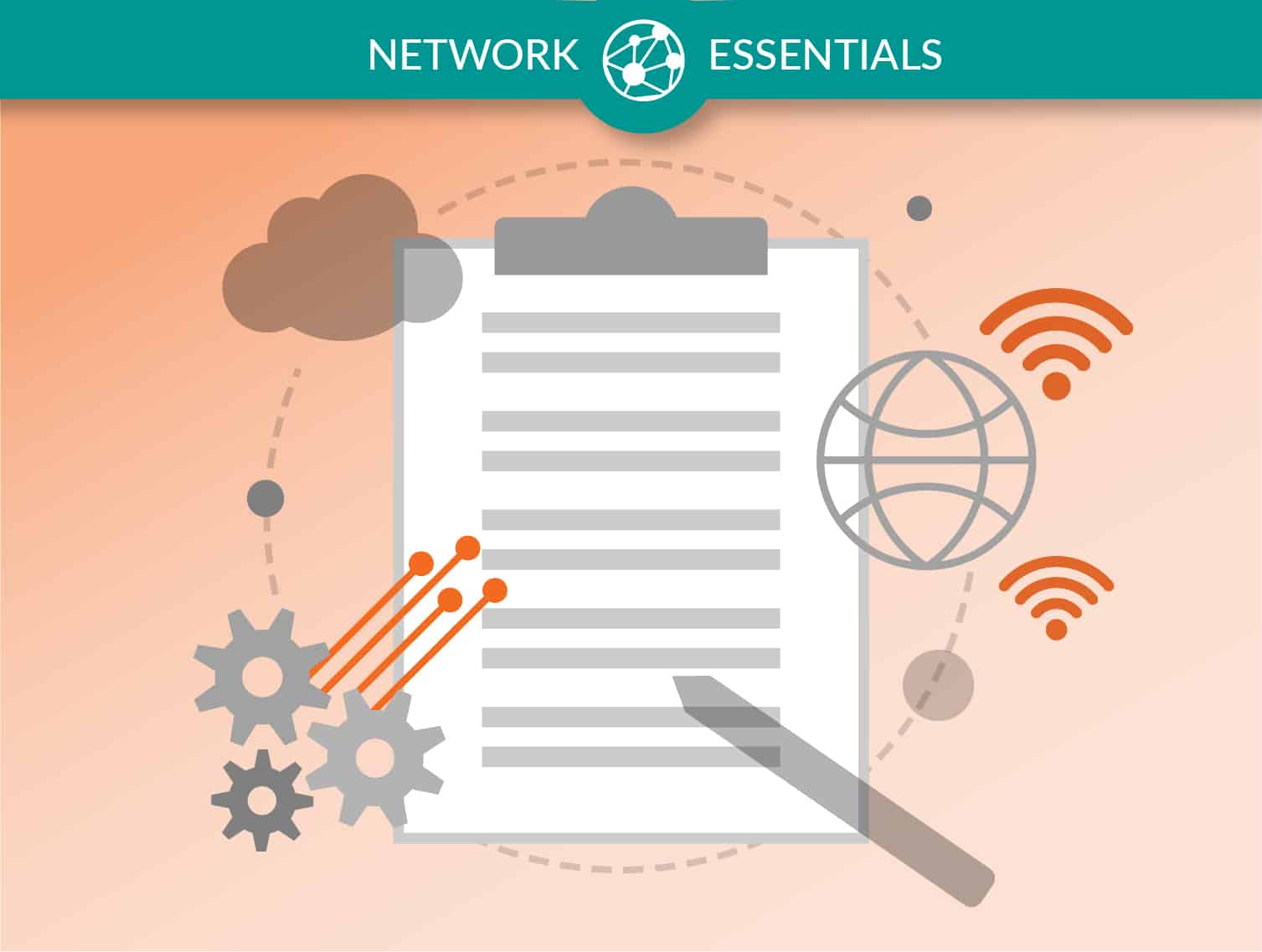With technology playing a pivotal role in creating incredible learning opportunities for America’s students, it’s vital that every classroom has the bandwidth needed to access media-rich educational tools and implement digital learning. In the third part of our Network Essentials blog series, we explore the importance of planning for the future when working to improve school connectivity.
What are the FCC’s Bandwidth Goals?
The Federal Communications Commission (FCC) adopted connectivity goals as part of its modernization of the E-rate program in 2014 with the intention of improving broadband access for K-12 learning and school operations. They set a minimum goal of 100 kilobits per second (100 kbps) per student of Internet bandwidth – a level which has now met by 98% of the nation’s school districts; and a second bandwidth goal of 1 Megabit per second (1 Mbps) per student for schools to meet by the 2017-18 school year.
Twenty-eight percent of all school districts, including 15% of the nation’s 1,000 largest districts, have already upgraded their connectivity to reach 1 Mbps. This new goal is the benchmark for expanding the reach of digital learning to reach every classroom, every day. The FCC-adopted bandwidth goals provide an excellent foundation on which to start your planning, but to accurately plan your network bandwidth, there are several considerations to keep in mind:
How Much Bandwidth Do I Need?
Assume that bandwidth needs will continue to grow significantly.
The FCC’s goals forecast a 10x increase in traffic needs over four years, consistent with the increasing demand as schools embrace digital learning. As you enter into a multi-year contract with your service provider, it’s critical to think about the total bandwidth needed over the lifetime of the contract and ensure that your service provider is able and willing to help you cost-effectively scale over time.
Remember to forecast for all users and locations.
Keep in mind that there are many other users of technology in the school, including teachers, administrators, and other school staff who should be accounted for when planning your district’s bandwidth needs. There may also be more locations than just classrooms that need to be connected and factored into the bandwidth projections such as bus barns, workshops, and even security cameras on campus.
Factor in concurrency when planning Internet Access.
In practice, not every student at every school is on a network at any given time. From a network design perspective, the total bandwidth need should reflect the number of expected concurrent users on the network rather than the total number of possible users.
The Bring Your Own Device (BYOD) trend puts new requirements onto networks.
Each device connecting to the network adds additional load. If students, educators, and administrators are using multiple devices during the day, your network may need to have additional bandwidth to handle this traffic.
Size your bandwidth for peaks, not averages.
To run your digital curriculum effectively, make sure you have enough bandwidth to handle “peak” events or the times everyone wants to use learning tools simultaneously.
Always add some bandwidth “padding” on top of your total calculation.
EducationSuperHighway recommends adding a 20% bandwidth buffer to your peak demand estimate to cover the usage of other applications that may also be in use during peak times.
Monitor your network.
The only way to know if your network is most cost-effectively meeting the needs of your students is to understand usage. With simple network monitoring, you can make sure that you aren’t over- or under-provisioning.
How fast will my Bandwidth Needs Grow?
Based on how many users and how many devices you have today, and how those numbers may change over the next 5 years, your bandwidth growth rate may vary. If you have moderate technology use today but plan to implement a 1:1 program, your bandwidth needs could grow much faster than a district that is already mostly media-rich. Your upgrade plan should include an estimate of your bandwidth needs for three to five years, as well as options for increasing bandwidth within that time frame. School districts should ideally plan for Internet bandwidth growth at 50-100% every year.
For more information on planning your broadband network upgrade explore our free tools and resources or schedule a call with a member of our team.
Other blogs in this series
#1 – Understanding the basics of school district networks
#2 – Plan for your school districts broadband budget
#3 – Planning for your future bandwidth needs
#4 – Securing buy-in for your upgrade
#5 – Successful Procurement




